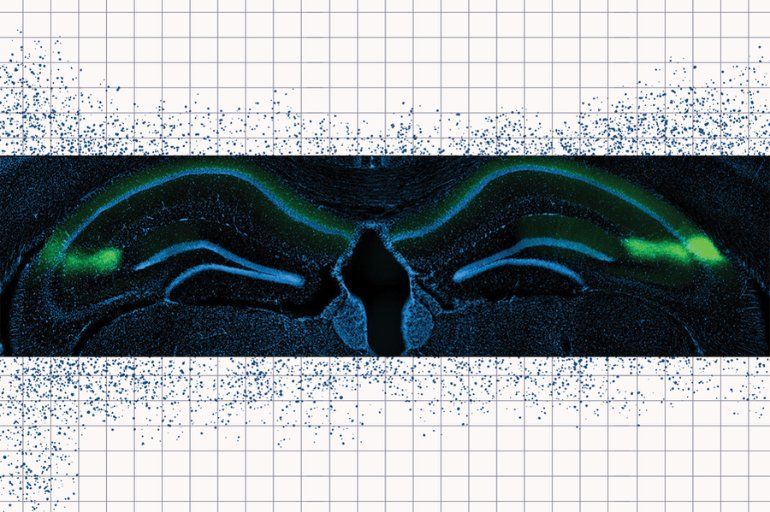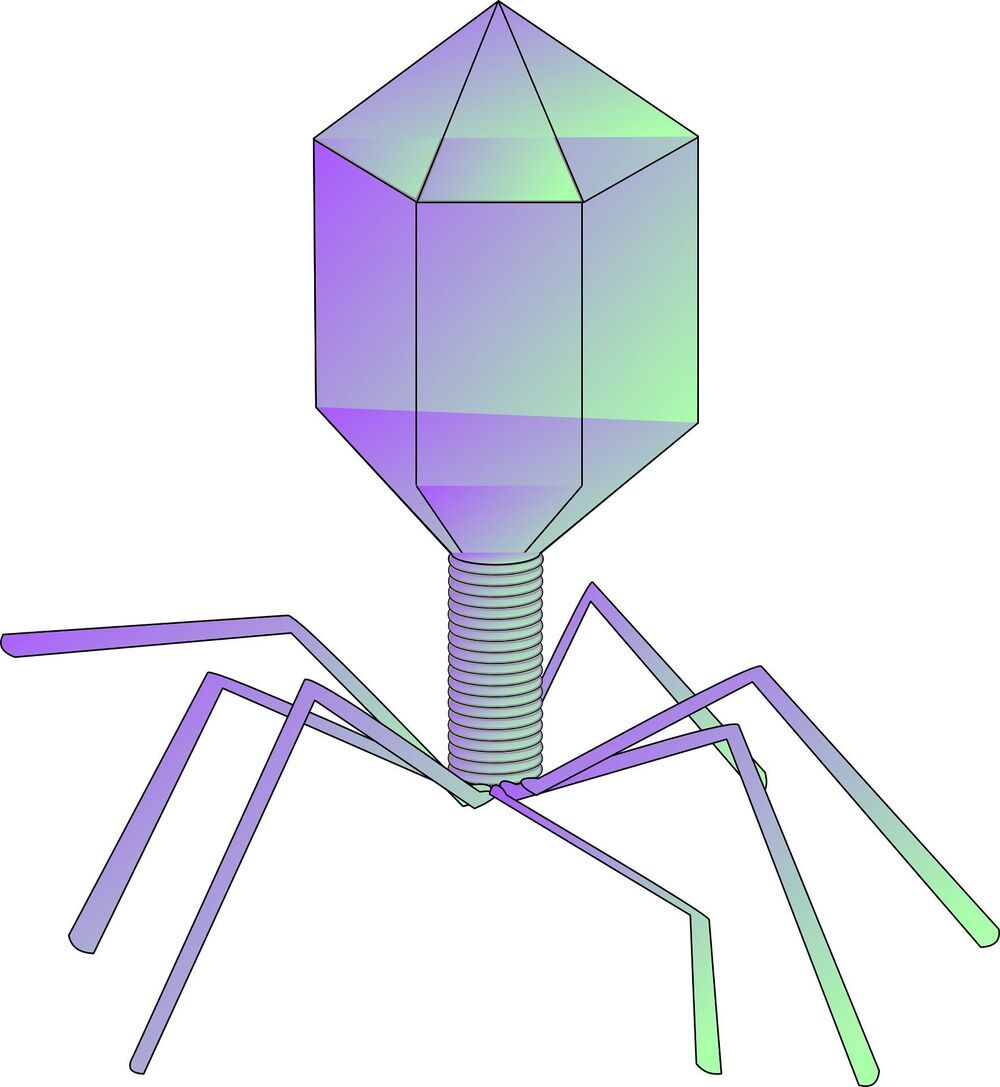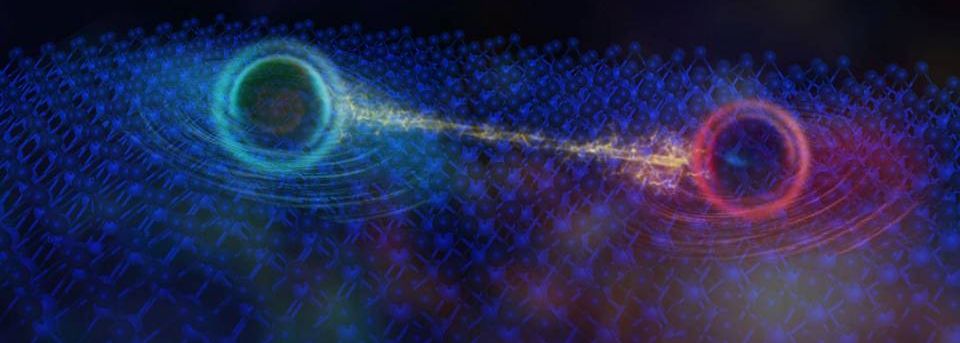Inside the research lab that’s testing the tech to deflect an asteroid headed for earth.



Summary: Pyramidal cells in the CA2 region of the hippocampus are responsible for storing critical timing information.
Source: MIT
When we experience a new event, our brain records a memory of not only what happened, but also the context, including the time and location of the event. A new study from MIT neuroscientists sheds light on how the timing of a memory is encoded in the hippocampus, and suggests that time and space are encoded separately.

Some 11 thousand years ago, Africa’s furthest west harbored the last populations to preserve tool-making traditions first established by the earliest members of our species.
Fieldwork led by Dr. Eleanor Scerri, head of the Pan-African Evolution Research Group at the Max Planck Institute for the Science of Human History in Germany and Dr. Khady Niang of the University of Cheikh Anta Diop in Senegal, has documented the youngest known occurrence of the Middle Stone Age. This repertoire of stone flaking methods and the resulting tools includes distinctive ways of producing sharp flakes by carefully preparing nodules of rock, some of which were sometimes further shaped into tool forms known as ‘scrapers’ and ‘points.’ Middle Stone Age finds most commonly occur in the African record between around 300 thousand and 30 thousand years ago, after which point they largely vanish.
It was long thought that these tool types were replaced after 30 thousand years ago by a radically different, miniaturized toolkit better suited to diversified subsistence strategies and patterns of mobility across Africa. In a paper published in Scientific Reports this week, Scerri and colleagues show that groups of hunter-gatherers in what is today Senegal continued to use Middle Stone Age technologies associated with our species’ earliest prehistory as late as 11 thousand years ago. This contrasts with the long-held view that humanity’s major prehistoric cultural phases occurred in a neat and universal sequence.

There’s a new crop of supersonic aircraft beginning to sprout, thanks to advances in engine, materials and satellite weather tracking that will enable aircraft to break the sound barrier over land without the disruptive noise pollution of a sonic boom reaching the ground.
Aerion, Boom and Spike, for three examples, are working on supersonic business jets. Virgin Galactic is looking to bring the time savings of Mach 3 travel to a slightly broader passenger market. One of the issues, of course, is that supersonic flight has long been illegal over US soil, boomless cruise or no boomless cruise. But the US Government wants to set the regulatory agenda internationally, and has instructed the FAA to take a leadership role as the sector develops.
Supersonic flight over American soil will remain prohibited, but new regulations will streamline the process through which these companies can apply for specific exemptions, clearing away some of the red tape and offering a clear path for flight testing over land.

A major risk of being hospitalised is catching a bacterial infection.
Hospitals, especially areas including intensive care units and surgical wards, are teeming with bacteria, some of which are resistant to antibiotics —they are infamously known as ‘superbugs’.
Superbug infections are difficult and expensive to treat, and can often lead to dire consequences for the patient.


Basically speaking, metals conduct electricity and insulators don’t. On the molecular level, that comes down to how freely electrons can move through the materials – in metals, electrons are very mobile, while insulators obviously have high resistance that prevents them moving much.
As a side effect of this, metals can exhibit a phenomenon known as quantum oscillations. When exposed to a magnetic field at very low temperatures, electrons can shift into a quantum state that causes the material’s resistivity to oscillate. This doesn’t happen in insulators, however, since their electrons don’t move very well.

The model is conceived to tackle the Great Pacific garbage patch — an island of plastic about 3 times the size of France.

The French theoretical physicist Franck Laloë presents a modification of Schrödinger’s famous equation that ensures that all measured states are unique, helping to solve the problem that is neatly encompassed in the Schördinger’s cat paradox.
The paradox of Schrödinger’s cat – the feline that is, famously, both alive and dead until its box is opened – is the most widely known example of a recurrent problem in quantum mechanics: its dynamics seems to predict that macroscopic objects (like cats) can, sometimes, exist simultaneously in more than one completely distinct state. Many physicists have tried to solve this paradox over the years, but no approach has been universally accepted. Now, however, theoretical physicist Franck Laloë from Laboratoire Kastler Brossel (ENS-Université PSL) in Paris has proposed a new interpretation that could explain many features of the paradox. He sets out a model of this possible theory in a new paper in EPJ D.
One approach to solving this problem involves adding a small, random extra term to the Schrödinger equation, which allows the quantum state vector to ‘collapse’, ensuring that – as is observed in the macroscopic universe – the outcome of each measurement is unique. Laloë’s theory combines this interpretation with another from de Broglie and Bohm and relates the origins of the quantum collapse to the universal gravitational field. This approach can be applied equally to all objects, quantum and macroscopic: that is, to cats as much as to atoms.